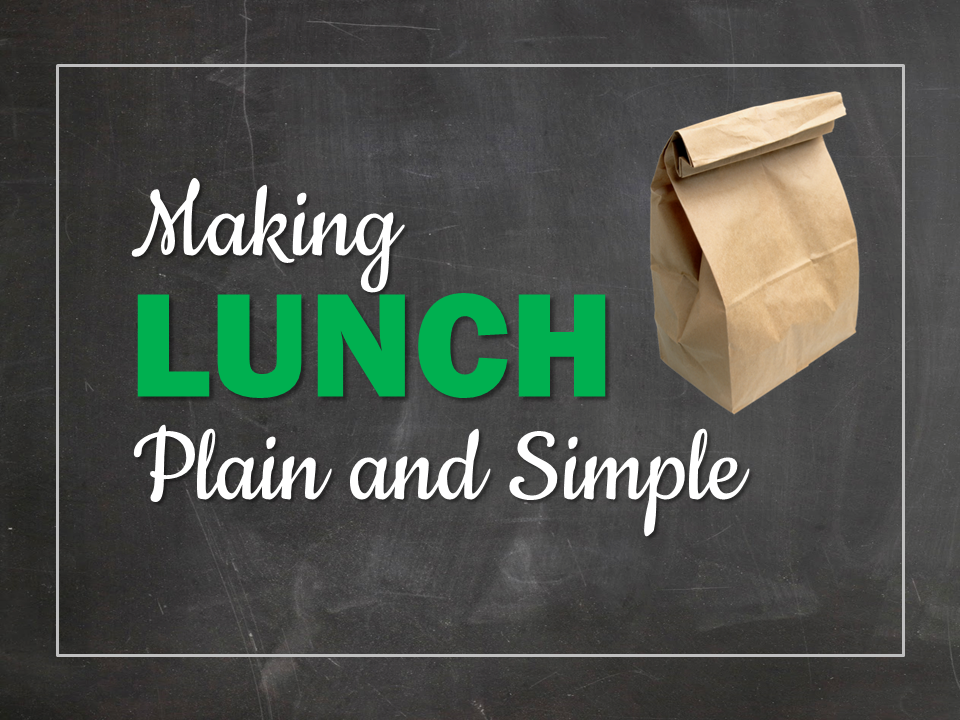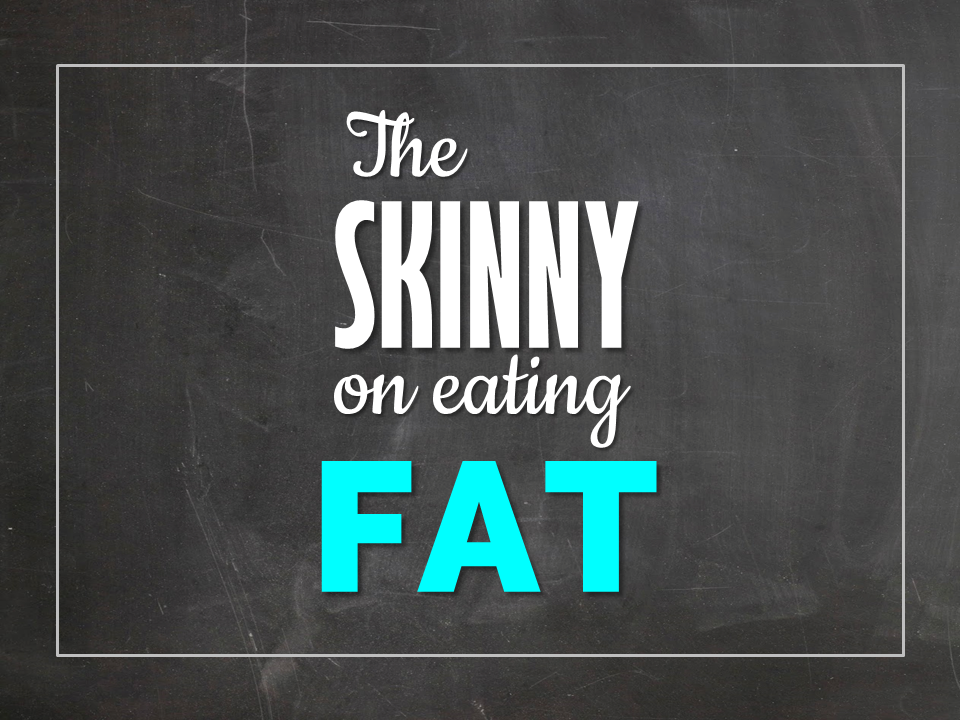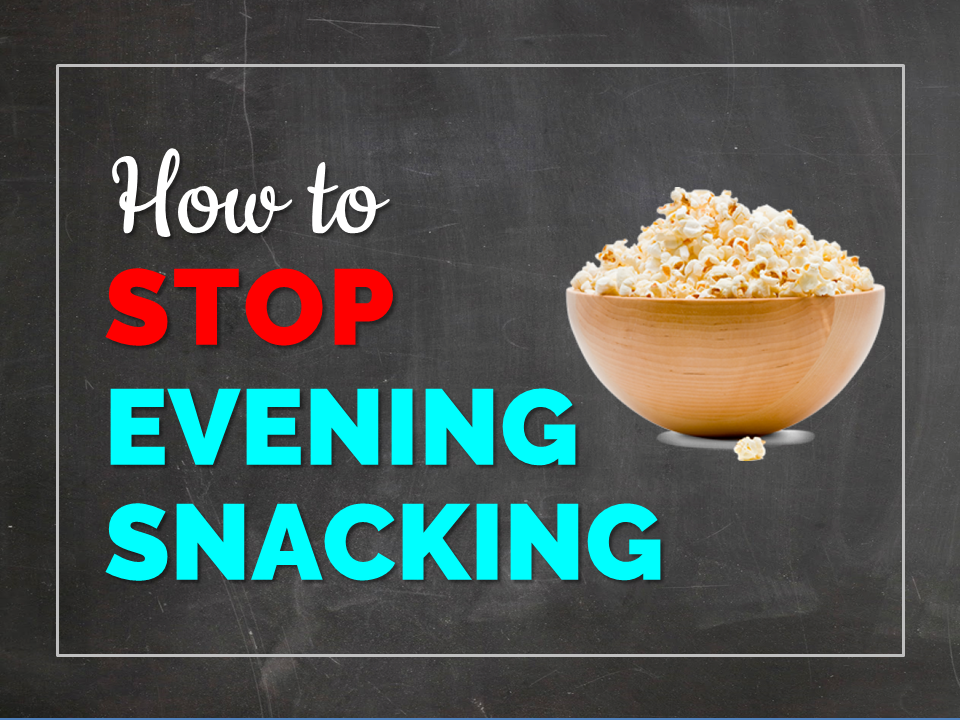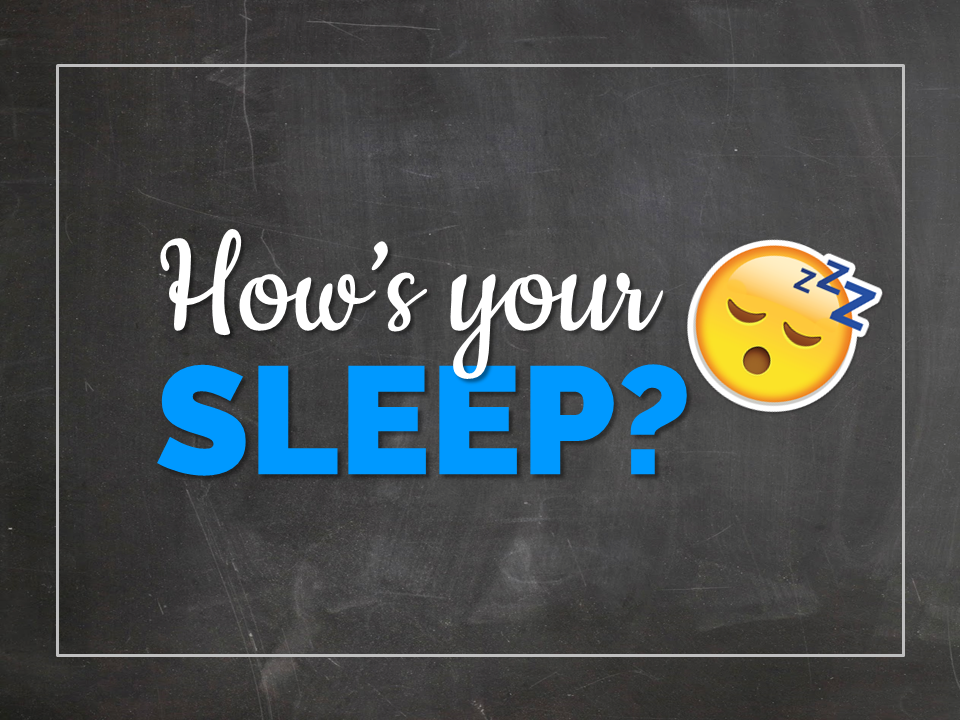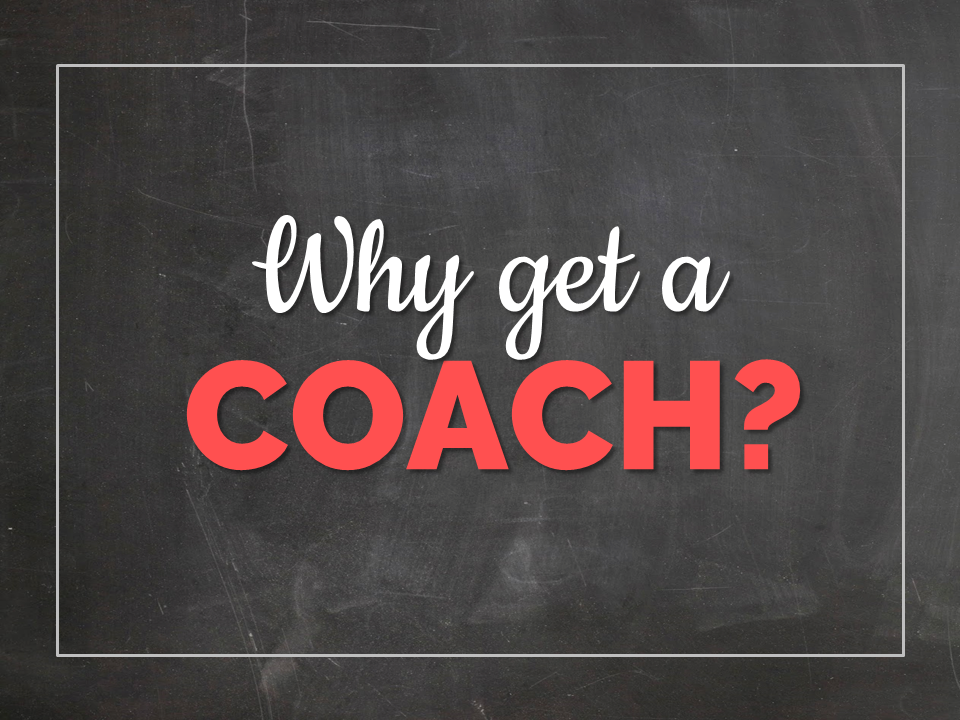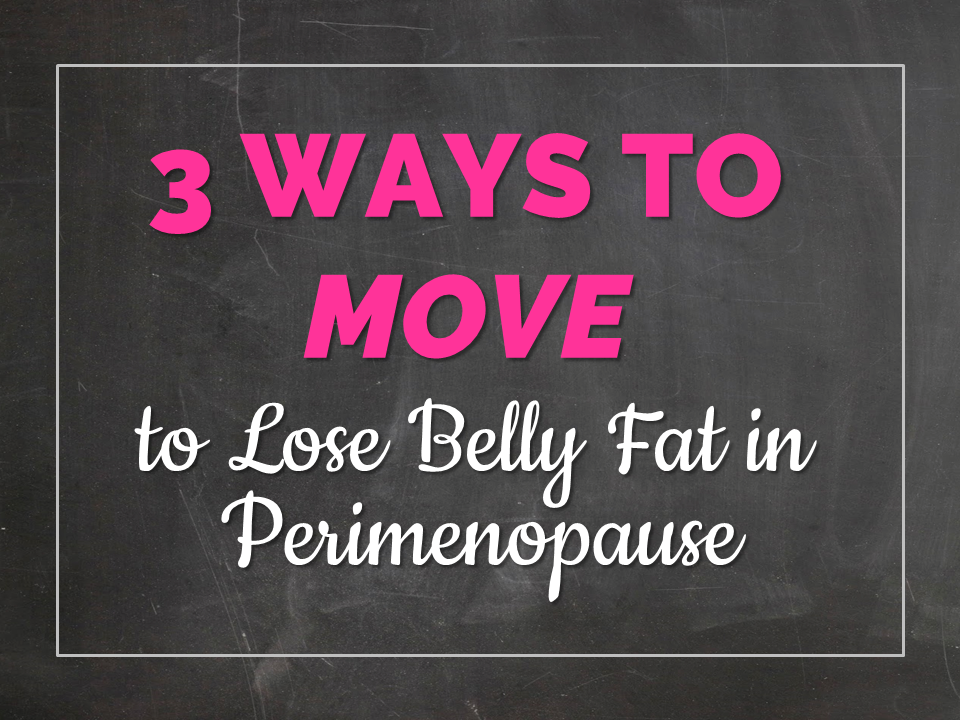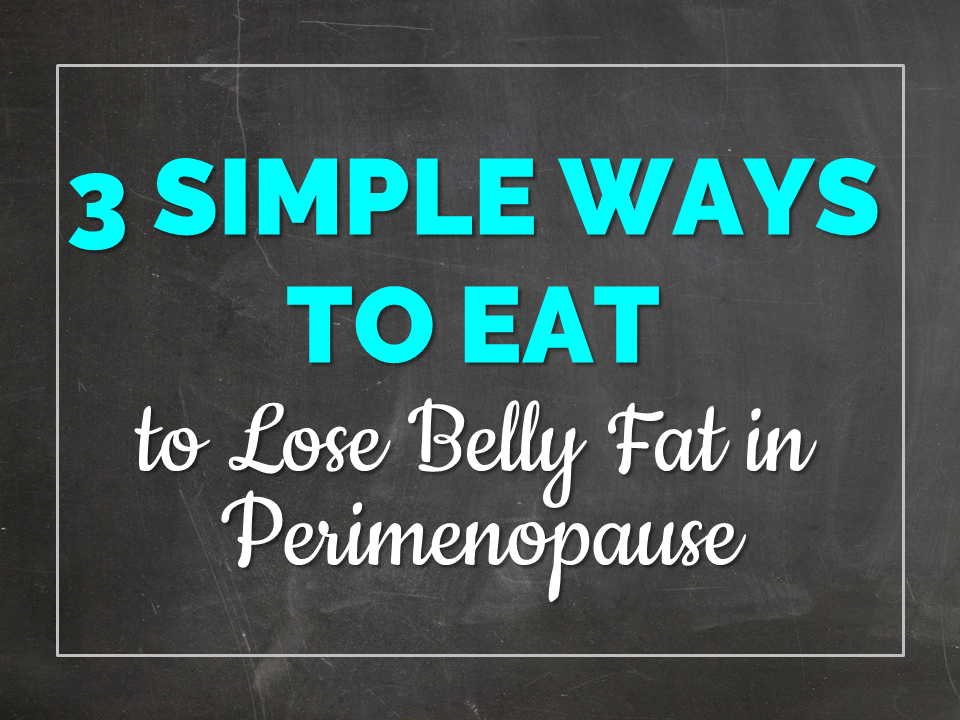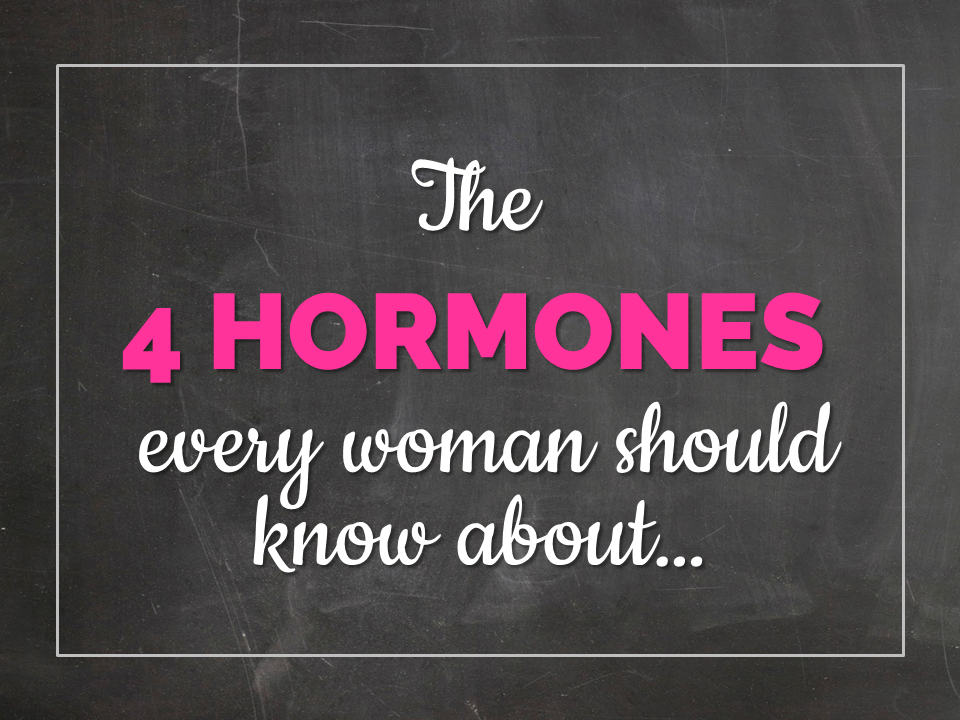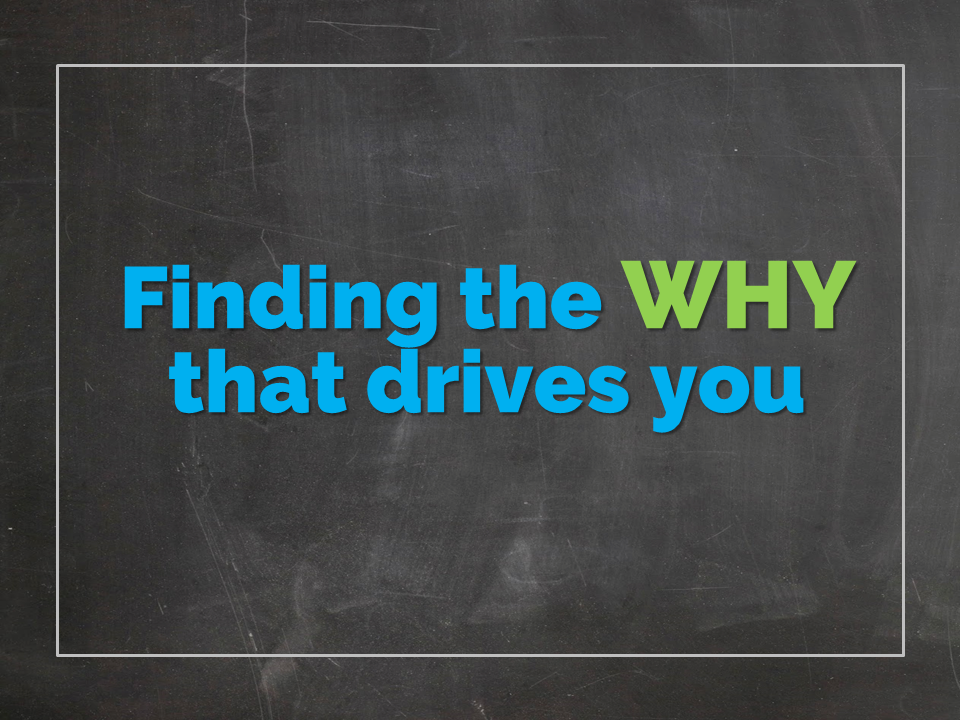The
act of moving literally changes your body.
When
you move your body, you…
- Burn fat
- Reduce tension
- Improve your digestion
- Increase your energy
- Lessen your perimenopausal discomforts
- Strengthen your heart…
The
list is endless and the research is overwhelming: Moving creates positive changes in your body.
And
not only that.
Your body NEEDS to move to function.
Your
blood flow depends on it, and that’s why you’ve got all those joints, and
muscles, and ligaments.
So, when you DON’T move, your body can’t do what it needs to do, and that will cause things like…
- More belly fat
- Inflammation and bloating
- Digestion (or indigestion) issues
- Low energy
- Pain
- Increased chance of disease
And the thing is, you don’t need to do a lot of movement, you just need to do it daily.
I
plan just 15 to 20 minutes of dedicated exercise a day.
And
I see everything else I do as bonus.
Walking, climbing stairs, shoveling, gardening, …
But
you may be wondering what are the best ways to move for fat loss?
1. Resistance Exercise
If you want to have a leaner mid-section this is
the best place to start.
Resistance exercise.
Resistance exercise is when you move against added
weight, or elastic force, or gravity (using your own body weight.)
Resistance exercise builds lean muscle.
And building more muscle in your body increases
your metabolism, because muscle is metabolically active – and fat isn’t.
In addition, when you build muscle, you also build
stronger bones.
As you know, bone density decreases with age, and
post-menopause many women are susceptible to osteoporosis…
So, resistance exercise can keep your bones healthy.
I’m not going to go into specific exercises here, but I am providing 10 exercises in my 10-day Belly Fit “Build-Up-to-Spring” Challenge – which you can still sign up for.
Here are some things I suggest:
- Do 2 to 4 sets of 10 repetitions of a resistance exercise, with the last rep of each set being tough to complete
- Do standing exercises to recruit more muscle
- Make sure the movement is slow – move on a count of 3, pause for 1, and then move back to starting on 3
- Jumping also helps with muscle and bone building, so if you can jump, add jumping like jump squats, box jumps, or jumping lunges
- Exhale on the effort part of the exercise, and inhale on the release
- Add pelvic floor exercise or Kegels – Exhale, contract your pelvic floor (just enough to feel like you’re holding back a pee); inhale, release the contraction, and allow your belly to expand fully
- Change your exercises every 4 to 8 weeks to continue making positive changes
2. Cardio Exercise
Cardiovascular exercise is essential for
burning fat, especially that stubborn fat that accumulates around the
middle.
It includes anything from running, stair
walking, jumping, jumping jacks, skipping, jump rope,…
Basically any exercise that increases your heart rate to where you can only talk in 2 or 3 word sentences.
Higher intensity cardio – meaning vigorous
exercise for short bouts of time – will increase your testosterone and growth
hormone which will help block the cortisol (stress hormone) and increase your
ability to grow muscle.
And more muscle means higher
metabolism. Yay!
Now, that’s not to say that lower intensity,
moderate exercise like vigorous walking or distance running – which I love – isn’t
good.
It’s great for bone density and heart
health.
But higher intensity is best for the best
fat burning.
So, here are some guidelines I suggest
for cardio exercise to decrease belly fat:
- Aim for at least 3 sessions of short, intense cardio a week – about 20 minutes each time
- Make the intense parts 20 to 60 seconds ideally, with rest between each equal to half the intense time
- Try doing 2 or 3 sets of Tabata which is 8 x (20 seconds intense exercise/10 seconds rest)
3. Slow, Conscious Movement
As much as your body needs to move, it
needs to rest in order to restore and regenerate the body and brain.
Calm movement like walking, yoga, and
tai chi, are all known to
decrease stress (lower cortisol) which is THE major contributor to belly fat.
In addition, meditation, breathing
exercises, and getting good quality sleep are all powerful ways to reduce
stress and keep you comfortable and feeling better through perimenopause.
I use the Headspace app for easy 5 to 10
minute meditations that I can do each morning when I wake up.
These activities don’t have to take much time, but you need to do one or a combination of them every day to get the best benefit.
What’s your favorite type of movement? Walking, running, weights, yoga?
Share it in the comments below, I’d love to know!
Keep moving forward my friend,
Debbie


